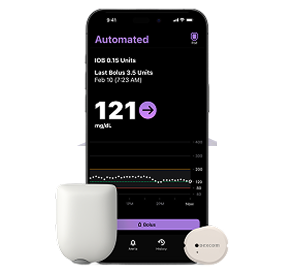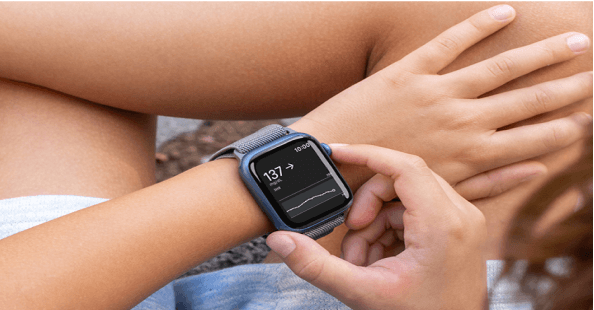Request a representative visit or G7 samples
CSS Do not remove
Considering the challenges kids and caregivers face, it’s an easy win
Unique clinical burdens for your pediatric patients include:
- A need for frequent monitoring and treatment adjustments because of glycemic variability, constant growth, and activity2
- Difficulty articulating symptoms2
- Cognitive dysfunction due to daily periods of hypo- and hyperglycemia2,3
- Trips to the emergency room due to severe hypo- and hyperglycemia4
With Dexcom, your pediatric patients can be free to be kids
As the CGM with unparalleled flexibility, Dexcom G7 fits into pediatric patients’ lives5

The Follow app shares urgent alerts to notify caregivers in real time§,5
Noteworthy news
Stay informed with the latest updates on interoperability and coverage for Dexcom products.

Control Omnipod® 5 and Dexcom G7 with your iPhone. Easily manage diabetes with the Dexcom G7 CGM system and Omnipod 5 automated insulin delivery system. The latest iOS update lets you control both from your iPhone.# Download the Omnipod 5 app to get started.
#Smartphone sold separately.
Pod shown without the necessary adhesive.

Dexcom G7 is the first and only CGM with direct connectivity to Apple Watch, giving patients actionable alerts and accurate glucose numbers8,9 with just a glance at their wrist. Now your patients can confidently leave their iPhone behind.||

Now you can share the same clinic code with all patients on Dexcom CGM:
- eliminates the need to send a unique code to each patient
- allows you to create a custom code for your clinic
- streamlines your clinic’s workflow
CGM=continuous glucose monitoring.
*Dexcom G7 can complete warm-up within 30 minutes, whereas other CGM brands require up to an hour or longer. †Smart device sold separately. To view a list of compatible devices, visit dexcom.com/compatibility. ‡Separate Dexcom Follow app and internet connection required.
1 Data on file (VV-06651). Dexcom; 2025. 2 Streisand R. Curr Diab Rep. 2014;14(9):520. 3 Gonder-Frederick LA, et al. Diabetes Care. 2009;32(6):1001-1006. 4 Mulinacci G, et al. Diabetes Technol Ther. 2019;21(1):6-10. 5 Dexcom G7 User Guide. 6 Data on file (VV-07640). Dexcom; 2025. 7 Data on file (VV-06559). Dexcom; 2024. 8 Data on file (VV-07056). Dexcom; 2024.
MAT-11236










